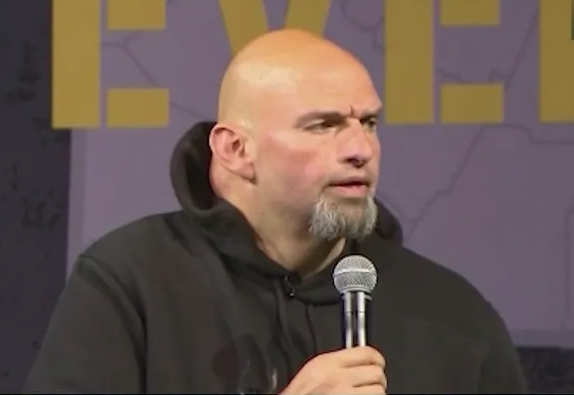Editors at National Review Online take on the latest bad idea from a prominent left-coast city.
An advisory committee to the city of San Francisco has recommended that the city pay “reparations” to its black population. The plan was prepared by the San Francisco Human Rights Commission staff for the San Francisco African American Reparations Advisory Committee, the very name of which suggests that the committee’s conclusions were foregone. This is madness.
Under the plan, the city would pay a minimum of $5 million to each qualifying black resident of the city over age 18 and commit to a 250-year program of guaranteeing a $97,000 income to low-income black residents (or rather, those who are still low-income after they are given $5 million of public money). The 250-year requirement aims to disenfranchise the next two and a half centuries of San Francisco residents from voting on whether to change the program once they see how it plays out in practice.
The revival of the reparations movement derives largely from a 2014 Atlantic essay by Ta-Nehisi Coates, which is cited in the report. This would be by far the most ambitious attempt yet at reparations, and it lays bare the flaws in the whole concept.
Those include deliberately conflating the unique historical injustice of slavery with other forms of legal discrimination. The report acknowledges that “neither San Francisco, nor California, formally adopted the institution of chattel slavery,” yet claims that “California and its localities meaningfully enforced and upheld slavery by perpetuating the racial caste system of subjugating Black Americans from the freedoms assured to them by the Declaration of Independence.”
Then there is simple ignorance: “The United States was wholly supportive of and dependent upon the enslavement of African people and their descendants as the vehicle that established and propelled the country’s economy.” Wholly dependent? The vehicle? In one fell swoop, the Human Rights Commission staff writes the labors of nearly 90 percent of the American population — including generations of small farmers, inventors, and industrialists — entirely out of American economic history.


